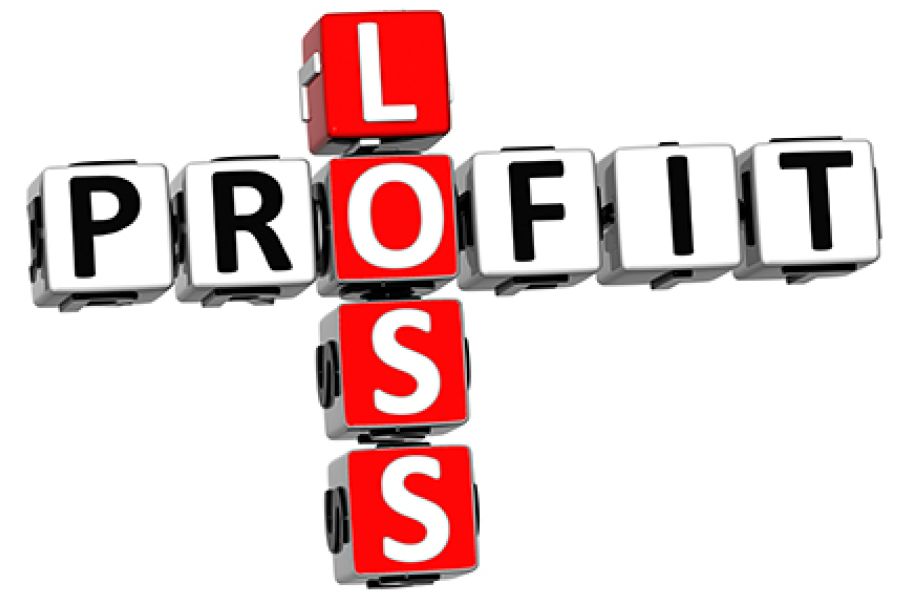With the April 17 individual income tax filing deadline behind you (or with your 2017 tax return on the back burner if you filed for an extension), you may be hoping to not think about taxes for the next several months. But for maximum tax savings, now is the time to start tax planning for 2018. It’s especially critical to get an early start this year because the Tax Cuts and Jobs Act (TCJA) has substantially changed the tax environment. Many variables A tremendous number of variables affect your overall tax liability for the year. Looking at these variables early in the year can give you more opportunities to reduce your 2018 tax bill. For example, the timing of income and deductible expenses can affect both the rate...

Now that small businesses and their owners have filed their 2017 income tax returns (or filed for an extension), it’s a good time to review some of the provisions of the Tax Cuts and Jobs Act (TCJA) that may significantly impact their taxes for 2018 and beyond. Generally, the changes apply to tax years beginning after 12/31/17, and are permanent, unless otherwise noted. Corporate taxation Replacement of graduated corporate rates ranging from 15% to 35% with a flat corporate rate of 21% Replacement of the flat personal service corporation (PSC) rate of 35% with a flat rate of 21% Repeal of the 20% corporate alternative minimum tax (AMT) Pass-through taxation Drops of individual income tax rates ranging from 0 to 4 percentage points (depending on the bracket) to...
The Tax Cuts and Jobs Act (TCJA) includes many changes that affect tax breaks for employee benefits. Among the changes are four negatives and one positive that will impact not only employees, but also the businesses providing the benefits. 4 BREAKS CURTAILED Beginning with the 2018 tax year, the TCJA reduces or eliminates tax breaks in the following areas: 1. Transportation benefits. The TCJA eliminates business deductions for the cost of providing qualified employee transportation fringe benefits, such as parking allowances, mass transit passes and van pooling. (These benefits are still tax-free to recipient employees.) It also disallows business deductions for the cost of providing commuting transportation to an employee (such as hiring a car service), unless the transportation is necessary for the employee’s safety. And it suspends...
When a company’s deductible expenses exceed its income, generally a net operating loss (NOL) occurs. If when filing your 2017 income tax return you found that your business had an NOL, there is an upside: tax benefits. But beware — the Tax Cuts and Jobs Act (TCJA) makes some significant changes to the tax treatment of NOLs. Pre-TCJA law Under pre-TCJA law, when a business incurs an NOL, the loss can be carried back up to two years, and then any remaining amount can be carried forward up to 20 years. The carryback can generate an immediate tax refund, boosting cash flow. The business can, however, elect instead to carry the entire loss forward. If cash flow is strong, this may be more beneficial, such as if the...
Perhaps. It depends on several factors, such as your parent’s income and how much financial support you provided. If you qualify for the adult-dependent exemption on your 2017 income tax return, you can deduct up to $4,050 per qualifying adult dependent. However, for 2018, under the Tax Cuts and Jobs Act (TCJA), the dependency exemption is eliminated. Income and support For you to qualify for the adult-dependent exemption, in most cases your parent must have less gross income for the tax year than the exemption amount. (Exceptions may apply if your parent is permanently and totally disabled.) Generally Social Security is excluded, but payments from dividends, interest and retirement plans are included. In addition, you must have contributed more than 50% of your parent’s financial support. If you...
If you suffered damage to your home or personal property last year, you may be able to deduct these “casualty” losses on your 2017 federal income tax return. For 2018 through 2025, however, the Tax Cuts and Jobs Act suspends this deduction except for losses due to an event officially declared a disaster by the President. What is a casualty? It’s a sudden, unexpected or unusual event, such as a natural disaster (hurricane, tornado, flood, earthquake, etc.), fire, accident, theft or vandalism. A casualty loss doesn’t include losses from normal wear and tear or progressive deterioration from age or termite damage. Here are some things you should know about deducting casualty losses on your 2017 return: When to deduct Generally, you must deduct a casualty loss on your return...
As posted by Thomson Reuters on 2/20/18 Although it was hoped that tax reform discussions would yield the complete repeal of the individual Alternative Minimum Tax (AMT), it nevertheless is still in force under the Tax Cuts and Jobs Act (TCJA). That said, the rules under AMT have become more taxpayer-friendly. In addition, other changes within TCJA have the effect of mitigating the possibility that AMT will impact taxpayers for the period 2018-2025. So beginning with 2018, many taxpayers to which AMT applied will find that this is no longer the case whereas others will find that the amount of AMT owed will have decreased. This Tax Planning Letter provides an overview of the changes to the AMT in 2018-2015 as compared with the pre-TCJA law still...
Home ownership is a key element of the American dream for many, and the U.S. tax code includes many tax breaks that help support this dream. If you own a home, you may be eligible for several valuable breaks when you file your 2017 return. But under the Tax Cuts and Jobs Act (TCJA), your home-related breaks may not be as valuable when you file your 2018 return next year. 2017 vs 2018 Here’s a look at various home-related tax breaks for 2017 vs 2018: Property tax deduction For 2017, property tax is generally fully deductible — unless you’re subject to the alternative minimum tax (AMT). For 2018, your total deduction for all state and local taxes, including both property taxes and either income taxes or sales taxes, is...











